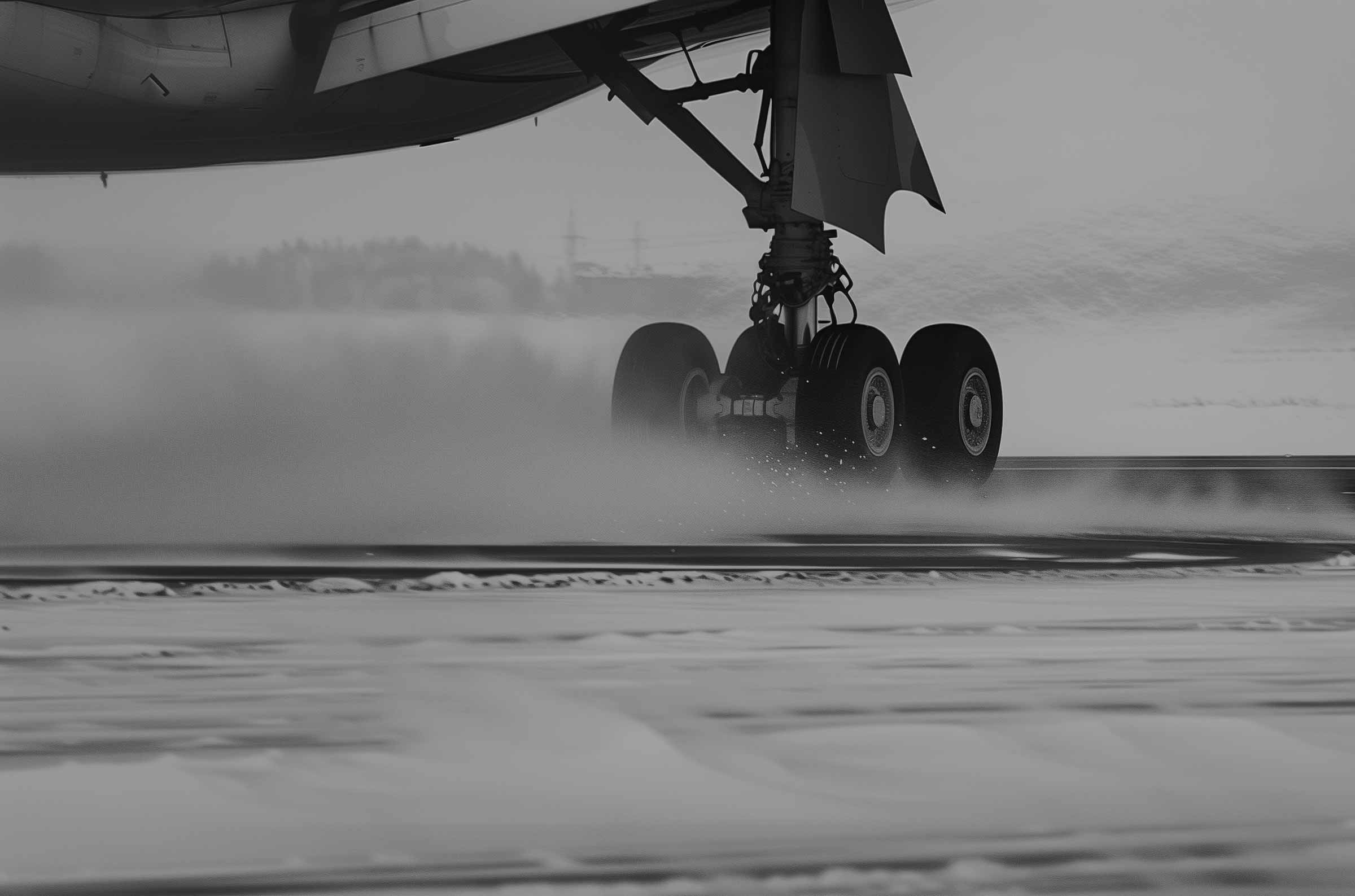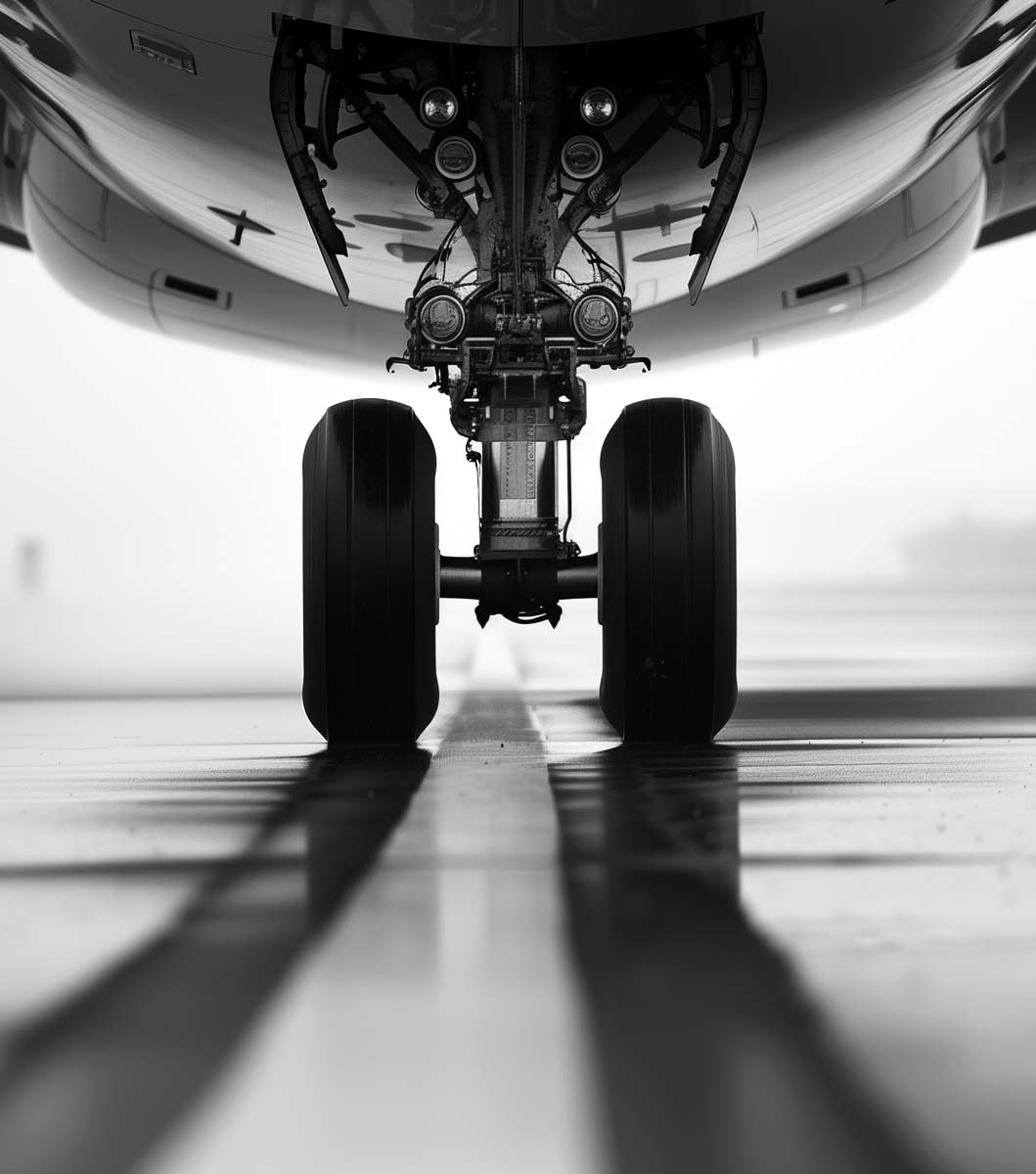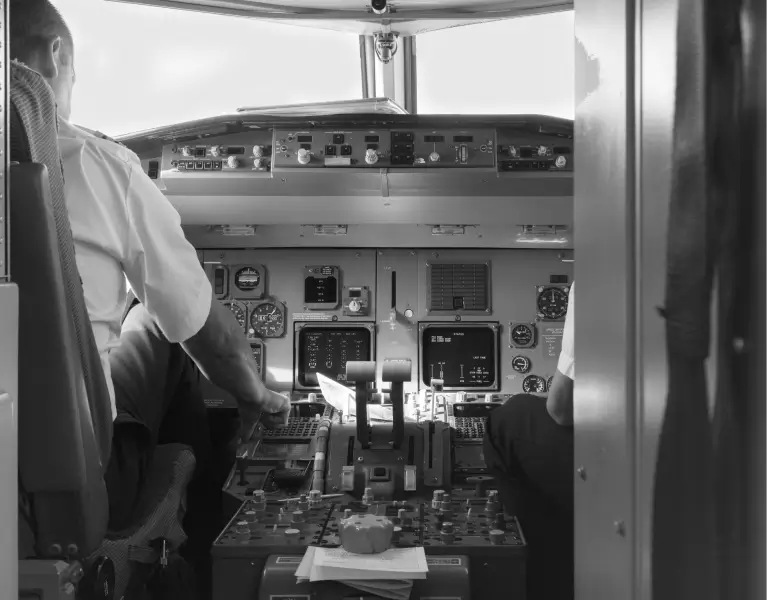AUG 2023
Text from the FAA’s Advisory Circular AC 91-79B:
"ABAR systems are the most accurate and objective means of observing and reporting aircraft braking action."
When comparing the relative advantages and limitations of braking action reports which are based on pilot observations (PBARs), and reports automatically generated by systems using aircraft data (ABARs):
ABAR systems provide the highest level of accuracy and precision.
ABAR systems most effectively serve as the basis for continuous improvement in the safety assurance process.
FAA’s recommended action:
"Operators should use the information provided in this AC to review and assess the risks associated with operations on wet and contaminated runways and update or modify their procedures, as appropriate, to mitigate these risks. The information should also be included in operations manuals, SOPs, training programs, and any other established means of conveying safety and operational information within the organization."
Why ABARs – why now
Why the FAA embraces ABARs
ABARs pull data directly from an aircraft’s onboard sensors and systems to calculate the actual braking friction experienced during the landing. This is in contrast to Pilot Braking Action Reports (PBARs), which rely on a pilot’s subjective intuition and evaluation of a landing. ABARs from AST are also aircraft-agnostic, supporting virtually any airframe from any manufacturer.
FAA and Transport Canada agree
The FAA and Transport Canada recommend that airlines and airports explore bringing ABARs into their SOPs, supplementing FICONs, RCAMs, and other industry reports.










